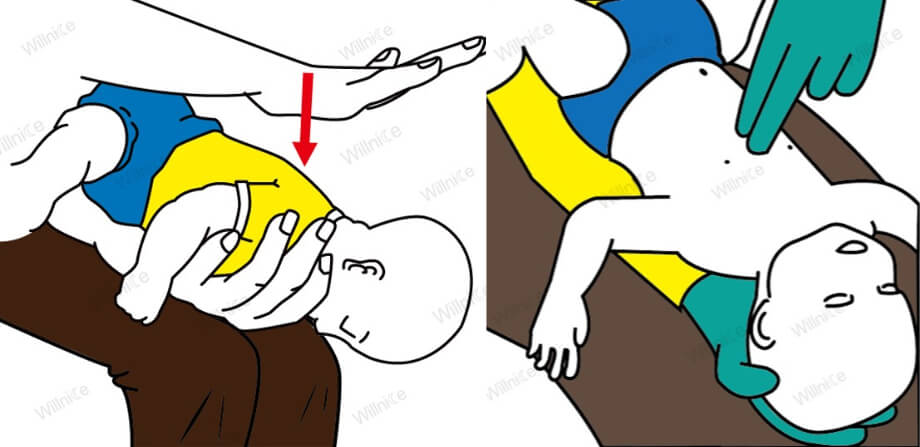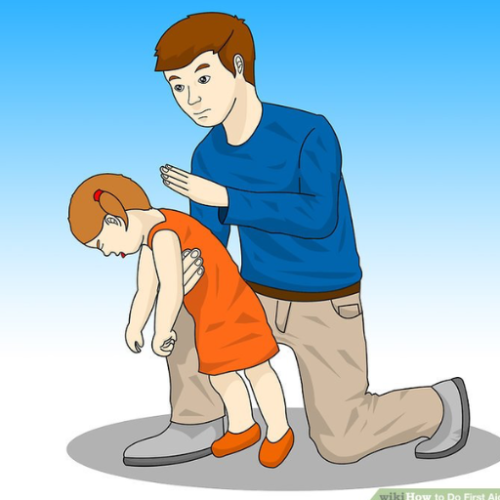
Choking is a frightening situation, especially when it involves an infant who is unable to communicate their distress verbally. As a caregiver or concerned individual, it is essential to know how to respond effectively and provide immediate aid. One crucial aspect to consider is the proper positioning when giving back blows to an infant.
Importance of Proper Positioning
When an infant is choking, their airway is partially or completely blocked, obstructing their ability to breathe. Giving back blows is a technique recommended to dislodge the obstruction and restore their airway. However, holding the infant in the correct position is crucial to ensure their safety and maximize the effectiveness of the back blows.
The Recommended Position
To hold an infant for back blows, follow these steps:
- Place the infant face-down on your forearm: Lay the infant's chest across your forearm, with their head positioned slightly lower than their body. Use your hand to support their head and neck, ensuring that it is well-supported and stable.
- Angle the infant's body: Tilt the infant's body at a slight angle, with their head lower than their chest. This positioning allows gravity to assist in dislodging the obstruction from their airway.
By holding the infant in this position, you create a stable platform for delivering back blows. The slight angling of the body helps ensure that any dislodged object moves downward and out of the airway, preventing further complications.
Performing Back Blows Safely
Once the infant is in the correct position, follow these steps to perform back blows safely:
- Use the heel of your hand: Position the heel of your hand between the infant's shoulder blades, in the middle of their back.
- Deliver firm blows: Give up to five firm blows with the heel of your hand, using a quick and forceful motion. Each blow should be delivered with enough strength to dislodge the obstruction.
- Monitor the infant's response: After each back blow, carefully observe the infant's response. If the obstruction is dislodged, the infant may begin to cough, cry, or breathe normally. If the obstruction persists, move on to other appropriate techniques or seek immediate medical assistance.
Seeking Professional Help
It is crucial to remember that back blows are an emergency response technique and should only be performed when an infant is choking and unable to breathe. If you are unsure about the situation or the effectiveness of your actions, it is important to seek professional medical help immediately. Contact emergency services or consult a healthcare professional for guidance.
Conclusion
Knowing how to hold an infant when giving back blows during a choking emergency is a vital skill that can potentially save lives. By following the recommended positioning, you create a safe and stable environment to perform back blows effectively. Remember to stay calm, act swiftly, and seek additional help if necessary. With the right knowledge and techniques, you can be prepared to respond confidently and provide immediate aid in a choking emergency involving an infant.







 Login with Google
Login with Google Login with Facebook
Login with Facebook